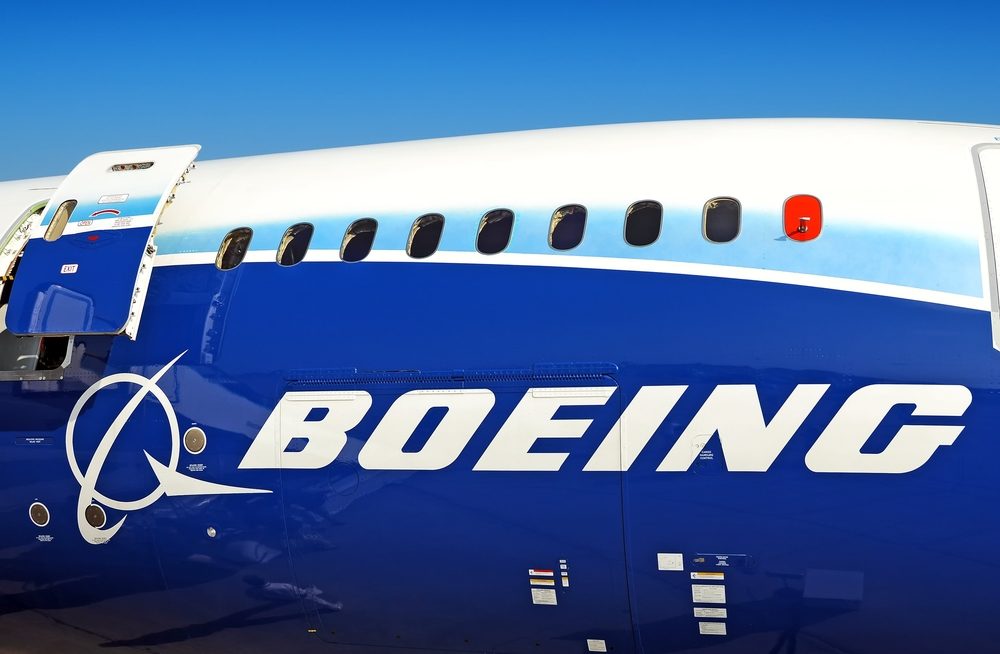Boeing Plane Crashes Involve Similarities, Raising Questions About What Manufacturer Knew

French investigators indicate that there are alarming similarities between the recent Ethiopian Airlines crash earlier this month, and a prior crash involving a Lion Air flight in October 2018; both of which involved a Boeing 737 MAX passenger airplane.
Investigators in France are examining the black box from Ethiopian Airlines Flight 302, which crashed earlier this month, just minutes into its flight, killing all 157 passengers and crew. The crash immediately raised questions about whether pilots may have experienced the same problems with the Boeing 737 Max plane that brought down the Lion Air flight, where subsequent investigations found that the pilots fought with the plane’s auto-pilot to level the plane out after take off.
In the aftermath of this second Boeing plane crash, the company’s entire 737 MAX 8 and 9 fleet has been grounded worldwide.

Did You Know?
Millions of Philips CPAP Machines Recalled
Philips DreamStation, CPAP and BiPAP machines sold in recent years may pose a risk of cancer, lung damage and other injuries.
Learn MoreNow, preliminary information from investigators suggests the connection may be even stronger than previously believed, according to a number of media sources. Reports indicate that an analysis of data from the cockpit shows that data on the angle of attack, which indicates the difference between the angle of the wings and the airflow over and under them, was very similar in both crashes.
According to air traffic reports, the pilot of Lion Air Flight 610 fought 26 times to level off the airplane, but the Boeing anti-stall system repeatedly pushed the nose down, ultimately causing the plane to crash into the Java Sea only 11 minutes into the flight, killing all 189 passengers and crew members.
Besides both crashes involving the same type of airplane, both happened only minutes into the flight, both planes appeared to climb and fall erratically before crashing, and both involved pilots reporting problems in the moments before the plane hit the ground.
These have raised new questions about potential problems with the Boeing 737 Max, and what the plane manufacturer knew or did not know about potential problems since the earlier Lion Air accident.
Boeing has nearly 400 of the planes in operation worldwide, with orders for 5,000 more that have been halted during the investigation.
Following the Lion Air Boeing crash, the Indonesia’s National Transportation Safety Committee (KNKT) released a preliminary safety report indicating the Boeing 737 MAX was not airworthy, after finding the plane’s Angle of Attack (AOA) sensors malfunctioned, wrongly telling the automated systems that the plane was in a stall because the nose was too high. As a result, pilots may continue to pitch the nose downward or the automatic system may forcibly pitch the nose down, causing the plane to nose-dive.
Following the Indonesian crash in October, the Federal Aviation Administration (FAA) issued an emergency air worthiness directive, which advised all pilots operating a Boeing Model 737 Max that the AOA sensors may produce erroneous readings and cause the plane to abruptly dive, increasing the risk of a crash.
Boeing indicated on Monday that it is still working on developing a software upgrade that will be pushed out to the entire 737 MAX 8 fleet in the upcoming weeks. The software upgrade will include a development to the flight control module that is anticipated to correct the AOA issues.
Although there are apparent similarities between the two Boeing crashes, the investigation of the Ethiopian Airlines crash has just begun, and the cause of the crash has not yet been determined, according to the FAA.
Get more articles like this sent directly to your inbox.
"*" indicates required fields





0 Comments